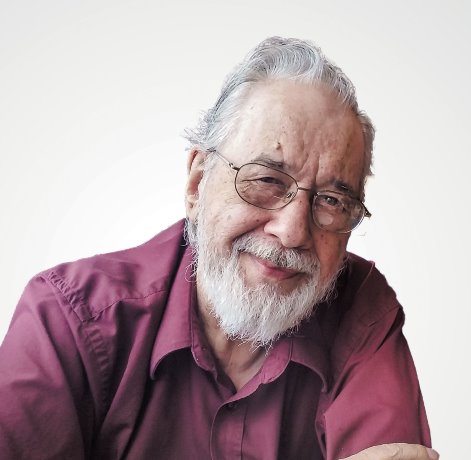The global cement/concrete industry has long been aware of the amount of carbon dioxide (CO2) that is released from kilns during the production of cement.
Critics used to say that for every tonne of cement manufactured, a tonne of CO2 found its way back into the atmosphere. But that figure is badly out of date. Now the industry has upgraded its processes to the point that its energy efficiency has increased by 40 per cent since the 1970s. Less fuel is being burned in kilns, so less CO2 is emitted.
But the world’s use of concrete still contributes roughly five per cent of global CO2 emissions. A more environmentally friendly concrete would have an immense impact.
Enough firms had made enough progress by 2010 that Technology Review, a magazine published by the Massachusetts Institute of Technology (MIT), listed the development of carbon-sequestering concretes among its 10 Breakthrough Technologies of the year.
So how far have we come since then?
Well, concrete that is better for the environment is being used today, but not on a large scale. As the MIT magazine notes, "the recipe for concrete hasn’t change too much." The 40 per cent improvement in energy efficiency is laudable, but the magazine suggests that "new technologies will be required to move the needle significantly more."
CarbonCure Technologies, a Halifax-based startup, has been beavering away trying to move the needle since the company was founded in 2007, first by developing a process to sequester CO2 in concrete block masonry, then migrating the concept to ready mix concrete.
CarbonCure has recently licensed Vulcan Materials Company to use the CarbonCure technology at Vulcan’s ready mix facility in Springfield, VA, not far from Washington, D.C. Then, a week later, the company announced it had also licensed Ernest Maier, a Baltimore-based block manufacturer, to use the CarbonCure process in its recently acquired Bay Ready Mix firm. That makes it the first firm to offer the CarbonCure process to both its block and ready mix customers.
The CarbonCure process injects CO2 captured from industrial processes into Portland cement, along with water. The calcium carbonate formed not only sequesters the carbon, but improves the concrete’s compressive strength by 10 to 20 per cent.
The company had established itself and its process within the masonry block sector of the industry before venturing into the ready mix market.
It’s easy to feel some nationalistic Canadian pride in CarbonCure’s success, especially since part of the venture capital it has raised has come from Pangaea Ventures, of Vancouver, and BDC Capital, a subsidiary of the Business Development Bank of Canada.
CarbonCure is not the only company making strides along the path to environmental friendliness.
Solidia Technologies, based in Piscataway, N.J., has developed a cement based on calcium silicate rather than limestone. It’s produced in a traditional rotary kiln, but at lower temperatures, and with a different chemical reaction that generates less CO2.
In a nutshell: Solidia Cement powder is mixed with sand, then injected with water and CO2 which yields calcium carbonate and silica, which harden into Solidia concrete.
The process reduces the overall carbon footprint by as much as 70 per cent. And the concrete reaches full strength in less than 24 hours, compared to 28 days for concrete made with ordinary Portland cement.
Solidia received research assistance in its early days from Lafarge. Then, about a year ago, Lafarge (now LafargeHolcim) invested in Solidia and joined Solidia’s board of directors.
There are other companies working to develop better concretes. Solidia and CarbonCure seem to be the most prominent so far in the North American market.
Of course, work is also going on in Europe and Australia, as the global cement/concrete industry tries to find products that are more friendly to the world around us.
Korky Koroluk is an Ottawa-based freelance writer. Send comments to editor@dailycommercialnews.com.











Recent Comments
comments for this post are closed